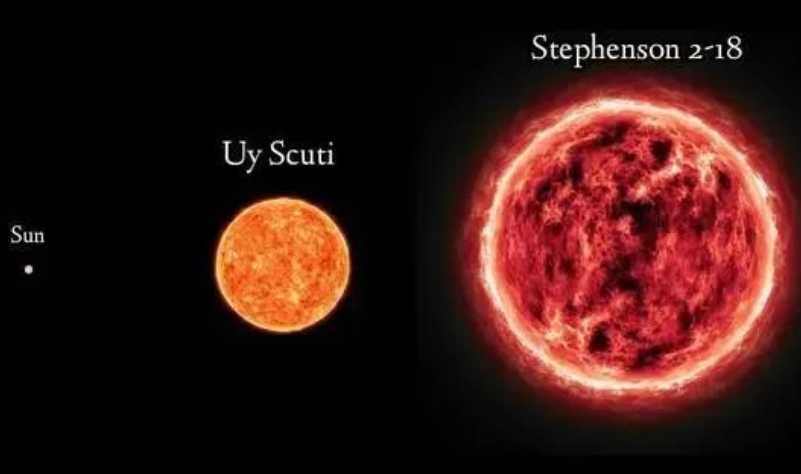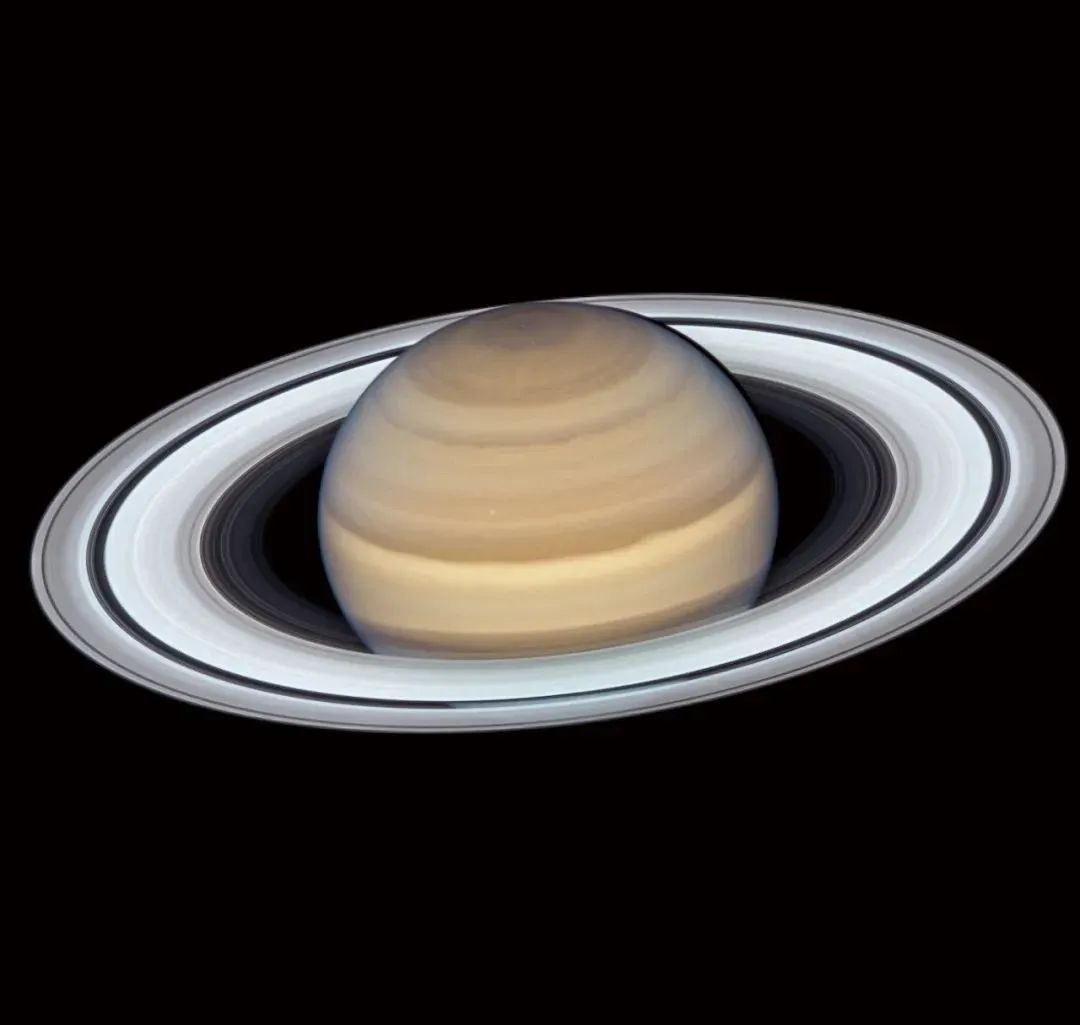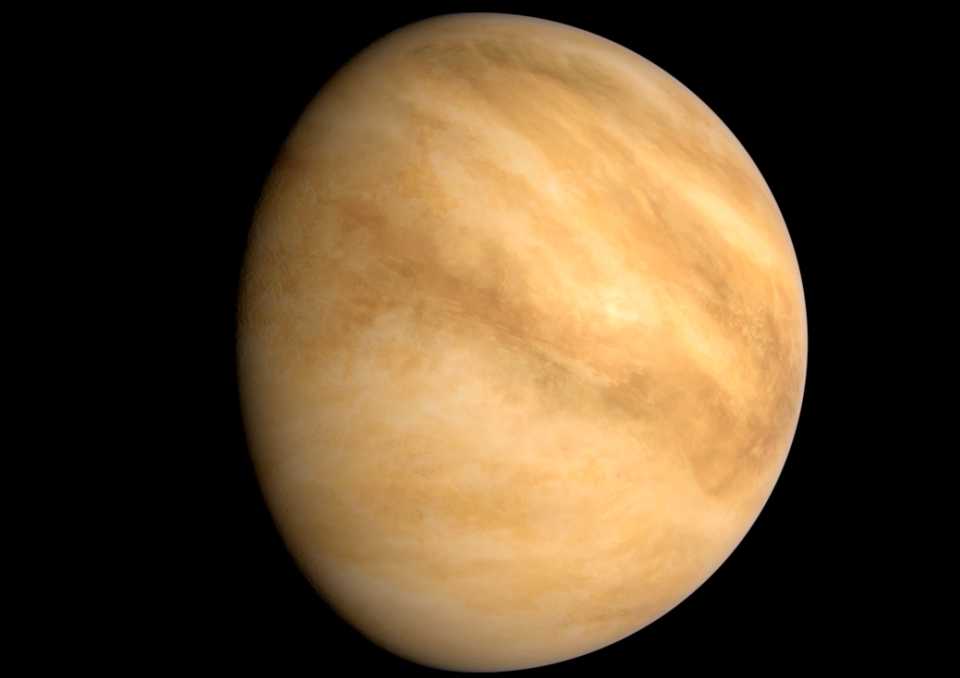Outer Space
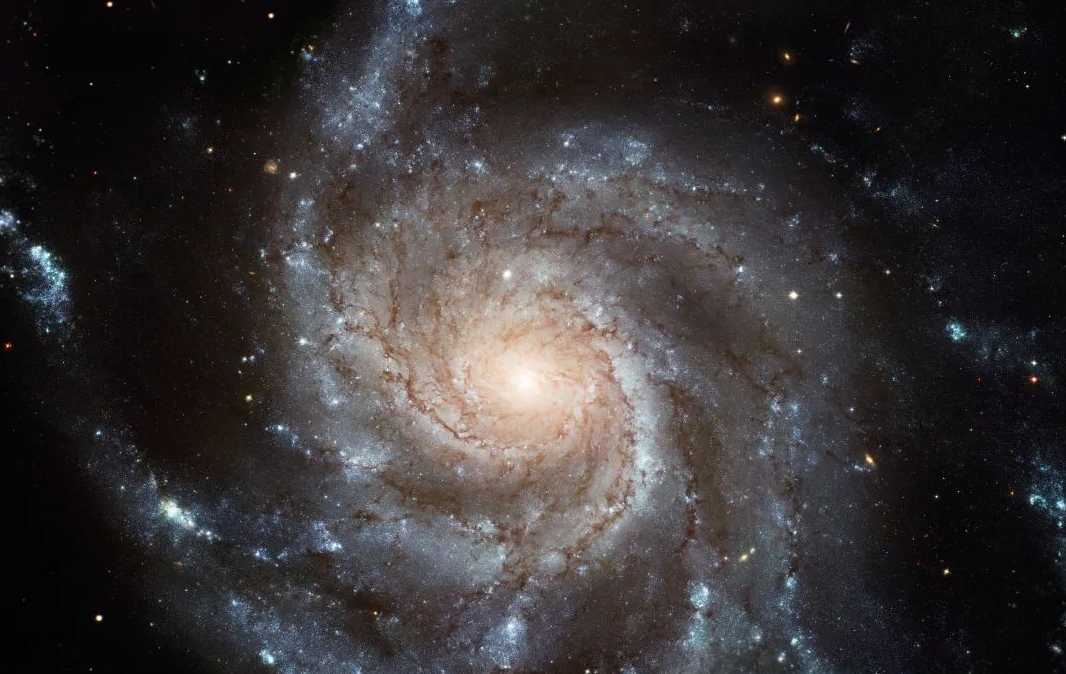
The Pinwheel Galaxy M101: A Cosmic Masterpiece Across Two Centuries
One of the last entries in Charles Messier’s catalog, the Pinwheel Galaxy (M101) stands as its most dazzling wonder. Spanning 170,000 light-years—nearly twice the Milky Way’s size—it first revealed its spiral secrets to 19th-century astronomer Lord Rosse through the Parsonstown Leviathan, the era’s largest telescope.

Galaxies Near the Big Dipper: A Cosmic Showcase in Ursa Major
The region around the Big Dipper (Ursa Major) is a treasure trove of distant galaxies, offering astronomers and stargazers a glimpse into the diverse architecture of the universe. Among the most notable are M81 (Bode’s Galaxy), M82 (the Cigar Galaxy), M51 (the Whirlpool Galaxy), and M101 (the Pinwheel Galaxy), each distinct in shape, size, and cosmic story.
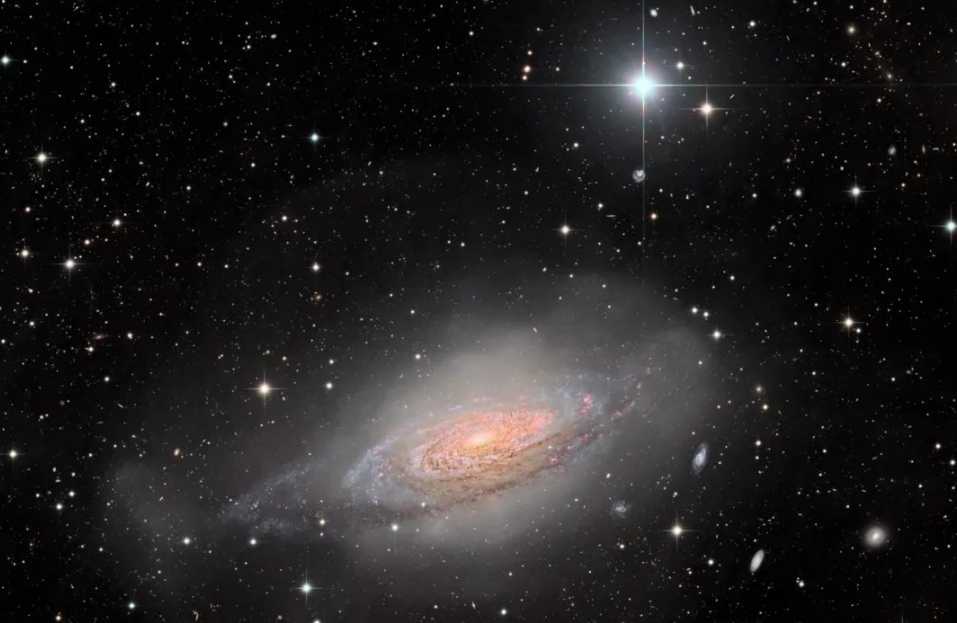
Overlooked Cosmic Jewel: The Stunning Spiral Galaxy NGC 3521
Just 35 million light-years from Earth in Leo, the springtime northern constellation, lies NGC 3521—a bright spiral galaxy visible through small telescopes yet often overshadowed by amateur astronomers’ focus on Leo’s more famous spirals, M66 and M65. This cosmic portrait reveals its overlooked splendor, hiding a trove of galactic secrets in its swirling arms.

JWST Unveils Breathtaking New Images of Southern Ring Nebula (NGC 3132)
The James Webb Space Telescope has captured stunning new views of the Southern Ring Nebula (NGC 3132) using two of its cameras, revealing intricate details of this planetary nebula located about 2,500 light-years from Earth. The images showcase the nebula's colorful gas and dust structures in unprecedented clarity.

Vera C. Rubin Observatory Reveals Breathtaking Sagittarius Starfield Near Galactic Core
The Vera C. Rubin Observatory, a joint project of the NSF and DOE, has released one of its first images: a 4-degree-wide starfield spanning Sagittarius, showcasing the crowded stellar backdrop toward the Milky Way’s core. The snapshot captures iconic nebulae and clusters, including Messier 8 (the Lagoon Nebula) and Messier 20 (the Trifid Nebula), in stunning detail.

Pulsars: Celestial Beacons Born from Cosmic Cataclysms
In the vast and mysterious cosmos, pulsars stand out as some of the most extraordinary and enigmatic objects. These highly magnetized, rapidly rotating neutron stars rank as the second - densest celestial bodies, just after black holes. Their origin is deeply intertwined with the most powerful events in the universe - supernova explosions.

Sparkling Icicles, Fiery Red 'Christmas Trees'—The Celestial Spectacle of the Christmas Tree Star Cluster
In the cosmic winter wonderland of the southern sky, the Christmas Tree star cluster dazzles observers with its shimmering "icicles" and fiery red "conifers," surrounded by a halo of twinkling stars. Officially known as NGC 2264, this celestial marvel in the constellation Monoceros has captivated stargazers for centuries with its uncanny resemblance to a festive holiday tree adorned with cosmic ornaments.

The International Space Station Transit: A Fleeting Solar Spectacle
When the International Space Station (ISS) streaks across the Sun’s disk at 8 km/s, its 0.8-second transit freezes human ingenuity and stellar dynamics on the same cosmic canvas. This rare phenomenon defies the ISS’s usual visibility—typically a bright speck in twilight—occurring only when orbital mechanics align the station, Earth, and Sun with precision.

Young Stars in Orion B Molecular Cloud Heat Up the Surrounding Dust
Deep within the vast expanse of our Milky Way galaxy, a cosmic drama unfolds in the Orion B molecular cloud. Located between 1000 and 1400 light - years from our Solar System, this region is a bustling nursery for new stars. Here, young, energetic stars are hard at work, heating the surrounding dust and creating a mesmerizing display of cosmic activity.

The Cone Nebula within NGC 2264 in Monoceros: A Cosmic Sculpture
Nestled in the constellation Monoceros, the Cone Nebula, part of the NGC 2264 complex, is a captivating sight. Located around 2,500 light - years from the Solar System, this nebula is a testament to the dynamic processes of star formation, with its unique shape and the energetic interplay between young stars and surrounding matter.
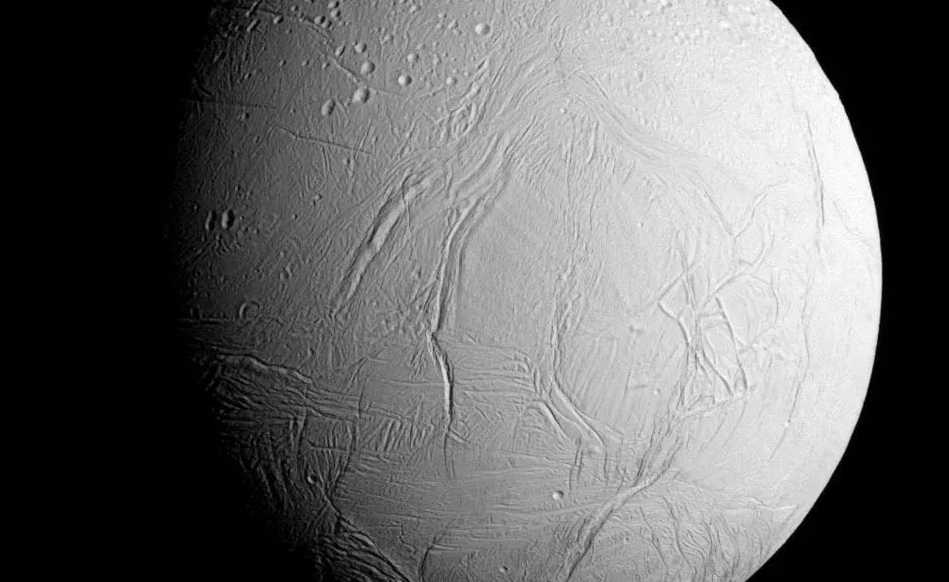
Saturn’s Enceladus: Does an Ocean beneath Ice Harbor Life?
Enceladus, Saturn’s icy moon, harbors a subsurface ocean beneath tiger-stripe fractures that erupt icy particles into space. These geysers form a dense ice cloud over the south pole, feeding Saturn’s faint E ring. The Cassini spacecraft (2004–2017) provided definitive evidence, capturing this true-color, high-resolution image during a close flyby, revealing shadowed ice chasms and active vents.

NGC 3344: A Face-On Spiral Galaxy Unveiled in Hubble’s Multispectral Glow
The grand spiral galaxy NGC 3344 presents its full face to Earth, a 40,000-light-year-wide cosmic pinwheel in Leo Minor just 20 million light-years away. This Hubble Space Telescope multispectral close-up—spanning ultraviolet to near-infrared wavelengths—reveals exquisite details across 15,000 light-years of its central region, laying bare the galaxy’s lifecycle in living color.

Neptune: The Mysterious Ice Giant on the Solar System's Fringe
Neptune, the eighth and most distant planet from the Sun in our solar system, remains a captivating enigma. Hidden from the naked eye, this ice giant reveals a world of extremes, with its unique features and dynamic atmosphere offering a glimpse into the far - reaches of our cosmic neighborhood.
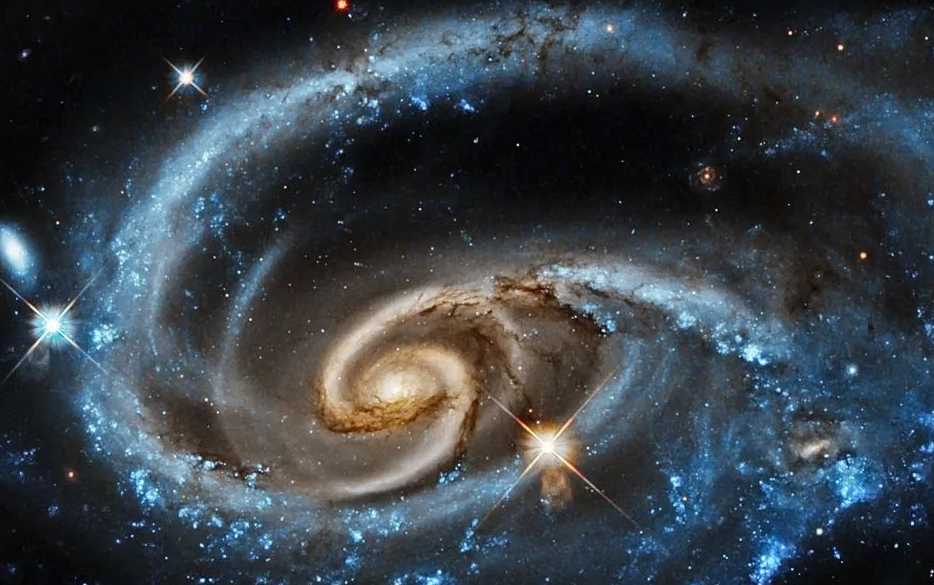
Arp 273: A Cosmic Love Story of Colliding Galaxies in Andromeda
What’s happening to this spiral galaxy? The answer lies in its violent tango with a neighboring dwarf galaxy. At the center of this image, UGC 1810 forms the Arp 273 galaxy pair with its collision partner, showcasing a cosmic drama where gravity reshapes stellar landscapes. The most striking feature—UGC 1810’s outer blue ring—betrays the chaos of their gravitational battle, while the smaller companion galaxy appears distorted in the embrace.
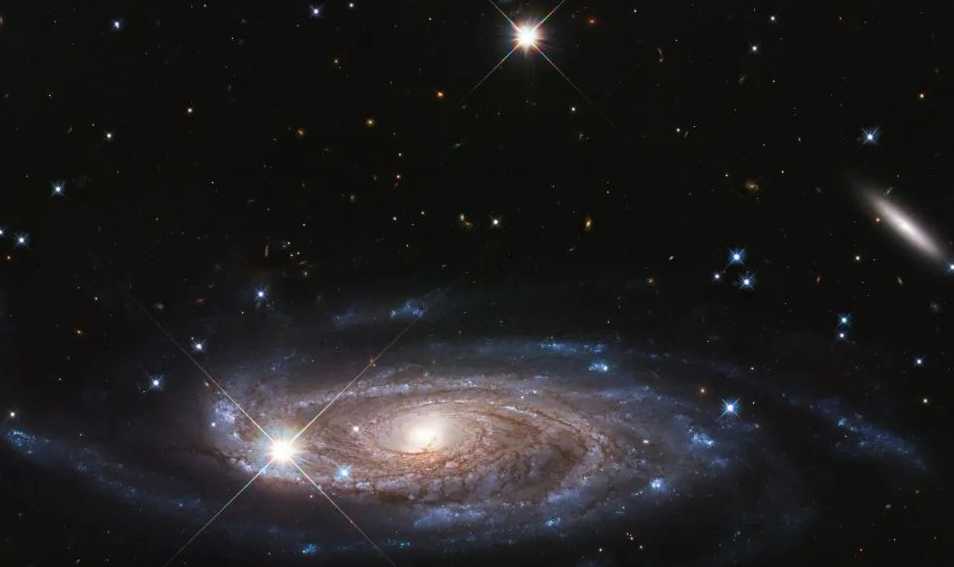
UGC 2885: The Colossal Galaxy 800,000 Light-Years Across
In this Hubble Space Telescope image, foreground stars with bright stellar spikes in Perseus lie within the Milky Way, while the focus reveals UGC 2885—a giant spiral galaxy 232 million light-years from Earth. Stretching 800,000 light-years (eight times the Milky Way’s diameter), it hosts nearly 100 trillion stars—10 times our galaxy’s population—making it a pivotal case study for how galaxies achieve colossal sizes.
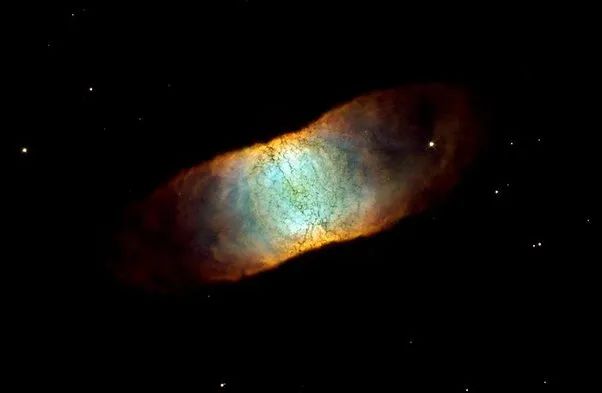
IC 4406: A Cosmic Swan Song of a Dying Star
IC 4406, a celestial spectacle in the vast universe, stands as a poignant testament to the final act of a star's life. This planetary nebula, formed from the remnants of a low - mass star approaching the end of its lifecycle, showcases the breathtaking beauty and complexity that emerge during the dramatic process of stellar decay.
